Increasing Environmental Awareness
The Eco Friendly Labels Market is experiencing a notable surge in demand driven by heightened environmental awareness among consumers. As individuals become more conscious of their ecological footprint, they actively seek products that align with their values. This shift is reflected in market data, indicating that approximately 70% of consumers are willing to pay a premium for sustainable products. Consequently, brands are compelled to adopt eco-friendly labeling practices to attract and retain environmentally conscious customers. This trend not only enhances brand loyalty but also positions companies favorably in a competitive marketplace. The Eco Friendly Labels Market thus benefits from this growing consumer sentiment, which emphasizes the importance of sustainability in purchasing decisions.
Corporate Sustainability Initiatives
In recent years, corporations have increasingly recognized the importance of sustainability, leading to a significant impact on the Eco Friendly Labels Market. Many companies are implementing comprehensive sustainability initiatives, which often include the adoption of eco-friendly labels. This strategic shift is not merely a response to consumer demand but also a proactive approach to corporate responsibility. Market data suggests that businesses with robust sustainability programs can experience up to a 20% increase in customer loyalty. As organizations strive to enhance their brand image and reduce their environmental impact, the Eco Friendly Labels Market is poised for growth, driven by these corporate commitments to sustainable practices.
Technological Innovations in Labeling
Technological advancements are playing a crucial role in shaping the Eco Friendly Labels Market. Innovations in materials and printing technologies are enabling the production of labels that are not only environmentally friendly but also cost-effective. For example, the development of biodegradable inks and recyclable label materials is gaining traction among manufacturers. This shift towards sustainable labeling solutions is supported by market data indicating that the demand for eco-friendly packaging is expected to grow by over 15% annually. As technology continues to evolve, the Eco Friendly Labels Market is likely to benefit from enhanced efficiency and reduced costs, making eco-friendly labels more accessible to a broader range of businesses.
Consumer Preference for Sustainable Products
The Eco Friendly Labels Market is significantly driven by a marked consumer preference for sustainable products. Recent surveys indicate that a substantial portion of consumers actively seeks out products with eco-friendly labels, viewing them as indicators of quality and responsibility. This trend is particularly pronounced among younger demographics, who are more likely to prioritize sustainability in their purchasing decisions. Market data reveals that brands that prominently feature eco-friendly labels can experience a sales increase of up to 30%. As consumer preferences continue to evolve towards sustainability, the Eco Friendly Labels Market is expected to thrive, with companies increasingly adopting eco-friendly labeling to meet this demand.
Regulatory Frameworks Promoting Sustainability
The Eco Friendly Labels Market is significantly influenced by evolving regulatory frameworks that promote sustainability. Governments across various regions are enacting policies aimed at reducing environmental impact, which often includes mandates for eco-friendly labeling. For instance, regulations that require clear labeling of sustainable products are becoming more prevalent, thereby encouraging manufacturers to adopt eco-friendly labels. This regulatory push not only facilitates consumer awareness but also fosters a competitive environment where companies are incentivized to innovate in their labeling practices. As a result, the Eco Friendly Labels Market is likely to expand as businesses adapt to these regulations and consumers increasingly seek compliant products.


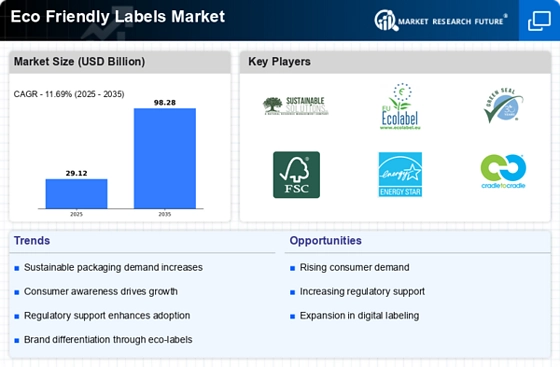
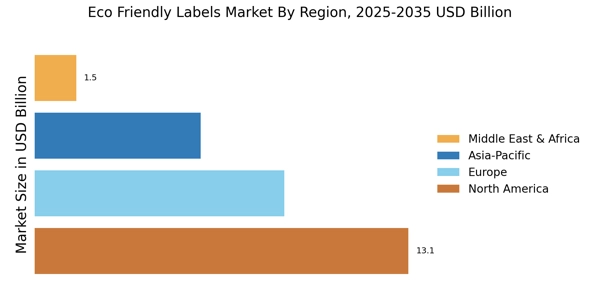
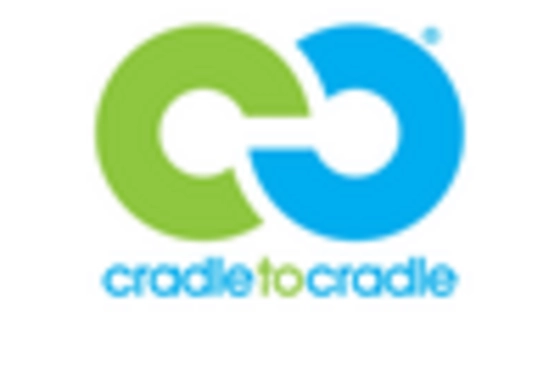
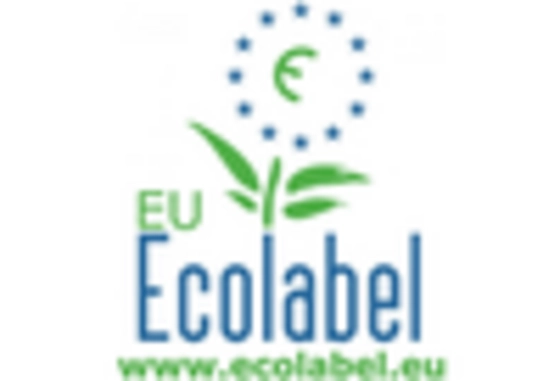
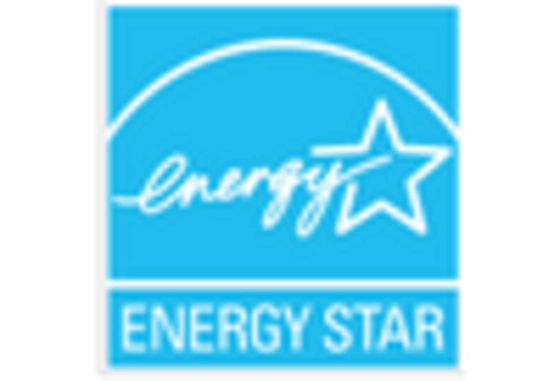

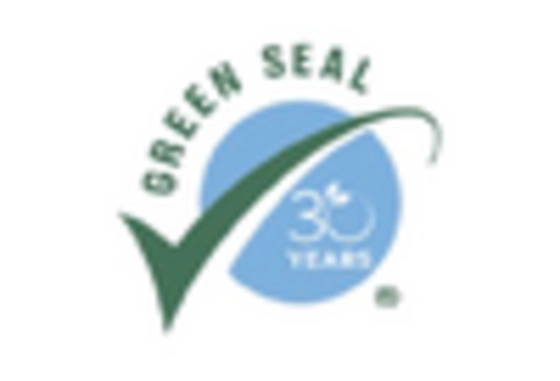









Leave a Comment